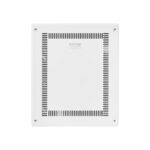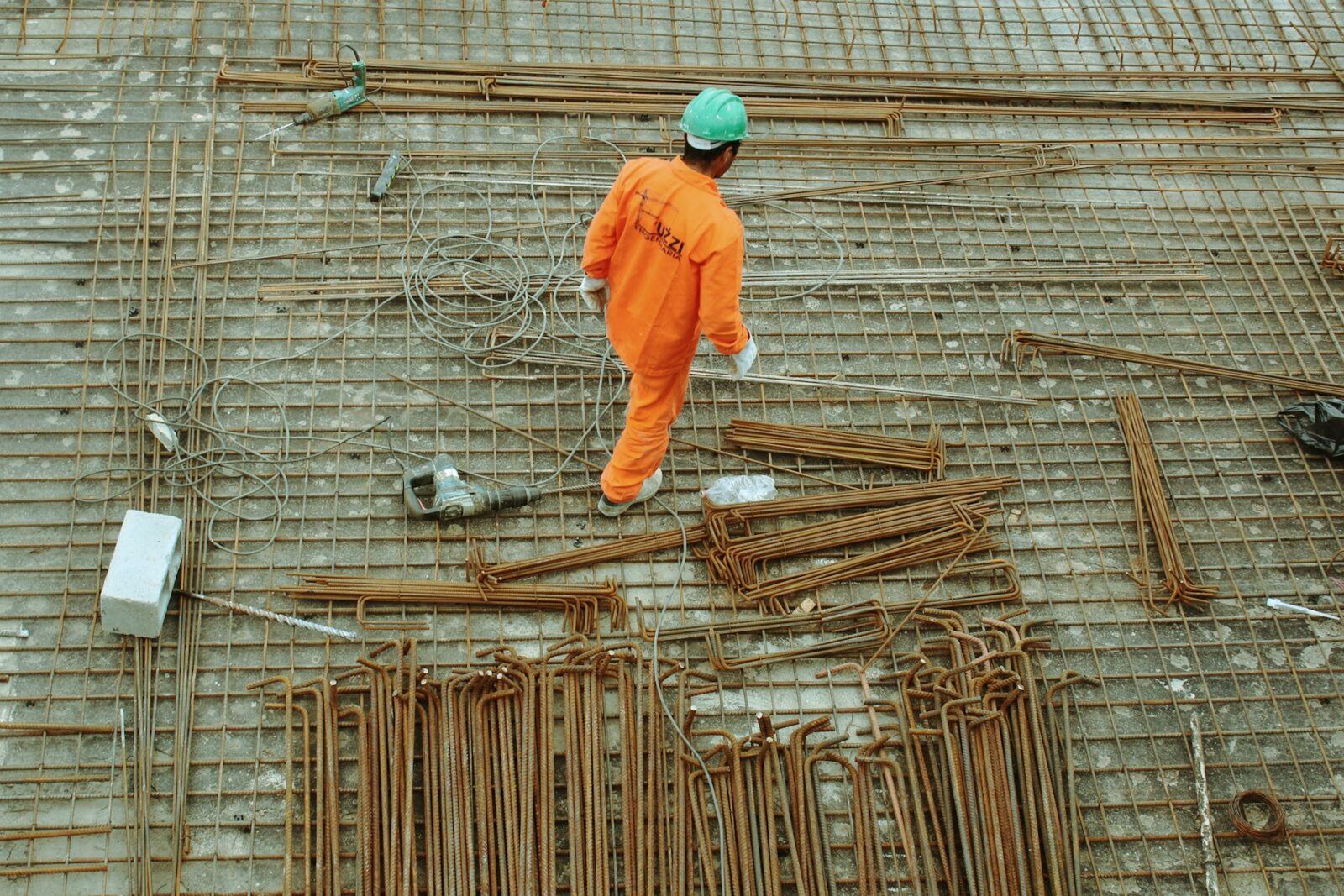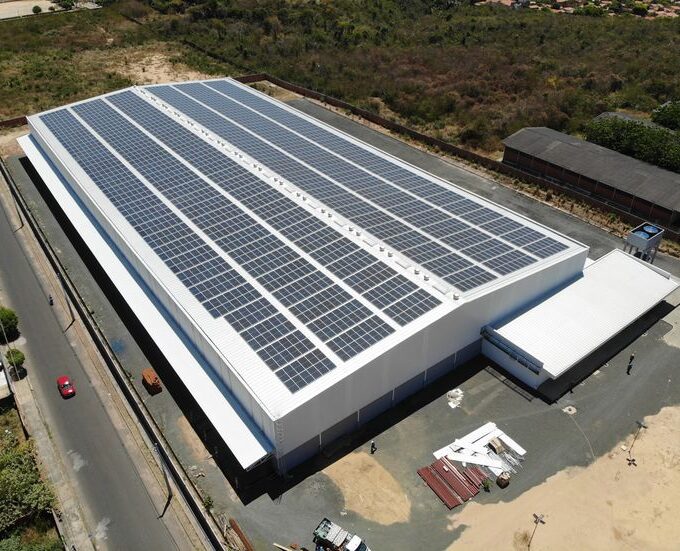One of the most important procedures that determines the success of the construction is choosing the right building materials. Whether you are building a cosy home, office space, or simply a little shack behind the house, the kind of material you choose is undoubtedly important for both efficiency and aesthetics. Given the abundance of options available today, it is imperative to approach with appropriate orientation.
There is the traditional, such as wood and bricks, the contemporary composites and the green products for construction, all have their attributes. It is almost impossible to differentiate these subtleties; however, it is well worth the effort. Informed decisions gained assure not only your structures are long lasting but also promote environmental sustainability.
Well how do we make sense of it all? So without further ado, here are the things that really count when choosing the construction materials for your next major project.
Factors to Consider Before Choosing Construction Materials
When it comes to construction it is important to make a good choice in materials for use in the construction. Here are some factors that might help in choosing between using CL or not; The more precise demand is many times the initial stage in deciding whether or not to involve CL.
Tropical and temperate climate conditions should be taken into account. That which works well for a material in one setting may deteriorate in another because of water exposure, or change in temperature, or natural disasters.
Constraint with resources is also found to be influential.. Many quality materials are usually expensive but in the long run they can prove cheaper since they do not require frequent replacement.
Another important attribute of the building must have been structural soundness. Awareness of load-bearing and compliance with current structures helps to make safe choices and stays legal.
Think about aesthetics. Materials should look like the intended design while continuing the look of other structures or the surrounding environment.
Types of Commonly Used Construction Materials
As a matter of fact it is important to understand the type and kinds of material that are available for use when a construction project is initiated. All exist and each has its own role in your builds and will make a sizable difference if used.
Because of its durability and mechanical strength, concrete is one of the most used materials in the world. Additionally, it can be used for driveways, walls, and foundations.
Wood provides flexibility and looks great. It is normally used in framing, flooring as well as roofing, although this wood is sensitive to rot and therefore it has to be well maintained.
Steel can be appreciated for its strength to weight ratio, the highest among all common structural materials. Commonly used in commercial structures; they provide large space but reduce the solidity factor.
Bricks are immutable to heat/cold and very aesthetic, besides being affordable throughout the world. These are normally used in exterior walls because they offer the best forms of insulation.
Glass in particular has befit new architectural designs of most modern buildings. It also increases natural light when used with the required design while bringing openness to an area.
Every material has its own properties that they contribute when used in construction missions.
Benefits and Drawbacks of Various Materials
Construction materials have their own advantages and disadvantages, therefore it’s critical to recognize and value them. Official is often favoured for use as a foundation due to its exceptional resilience and toughness. Its extremely large weight, however, is a disadvantage that could make handling and shipment challenging.
Wood is flexible and makes anything you build look good. But, as with most things easy to work with, it is not very resistant to pests and moisture harm and may prove costly to repair in future.
Tensile strength and durability are the most valued properties of steel. Still, it needs protection in the form of plating to avoid corrosion in particular conditions.
Thermal mass of brick is very good; in other words, brick regulates the internal temperature excellently. Nevertheless, it can be quite laborious during installation because of the material’s weight.
Hence, each of these materials has its own characteristics that have a great impact on the project significance. Examining these aspects adequately helps make appropriate suppositions depending on various requirements such as cosmetic or architectural requirements.
Advice for Choosing the Best Building Supplies for Your Project
Choosing the right materials is an important part of building, which includes not just your homes but also offices and other structures. Additionally, building may involve renovations. The first step is to determine the needs of the organisation or the individual. Think about the structure’s construction, visual appeal, and intended use from a design standpoint.
Second you should think about the setting where this project will be carried out. It may be necessary to change the material depending on the climate in order to achieve longer-lasting solutions. For instance, if the available options are to be installed in areas that are likely to be exposed to moisture, then water resistant forms of such options should be adopted.
Another factor that has to be considered is locality regulation and code that can influence choice of materials. Conformity can also pay off in the long run and cost less in the long run.
Budgeting is another vital decision-making factor that should receive your attention. Vendors of high quality material may charge very high prices but these products serve the intended purpose for longer duration as compared to products with low quality.
Seek advice from people who are knowledgeable on the kind of materials to use. Here, one must get a concrete piece of advice or recommendations from architects or builders such as Grimmond based on your specific needs of the project.
These steps will assist you to make enlightened decisions with regards to the vision and resource requirements for success, as desired.
Eco-friendly and Sustainable Building Material Options
People are adopting sustainable building materials for very good reasons. These provide better living circumstances and help reduce the environmental impact of a construction project.
Bamboo is one such material. It is fast growing, highly renewable,very strong but relatively light. By opting for bamboo you can easily reduce the carbon footprint of your home or office.
Another excellent material for usage in contemporary architecture and other buildings is recycled steel. Additionally, they preserve a lot of natural resources and provide stability and resilience to the structures in which they are used. Because it can readily last for many long years, it might be regarded as being as inexpensive as possible.
Thus, it is important to consider the use of reclaimed wood also. We here at Central make use of timber from old buildings or furniture to give character to new constructions with less timber ending up in the landfill.
Substitute traditional insulation with greener materials such as sheep’s wool or cellulose with a basis on recycled paper. The latter materials improve energy conservation without affecting safety or comfort.
In addition to making your project eco-friendly, using these sustainable solutions distinguishes it as an ecologically conscious project.
















